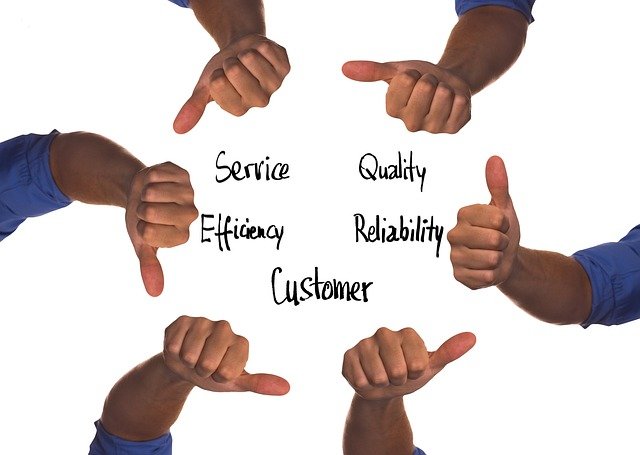Selecting Top-Notch Pest Control Services: Expert Guide
Uncover essential strategies for identifying premier pest control providers. Learn to assess credentials, scrutinize client feedback, evaluate treatment protocols, and negotiate service agreements. Empower yourself to choose skilled professionals offering comprehensive inspections, robust guarantees, and transparent pricing structures for effective pest management solutions.

Verifying Credentials: The Foundation of Quality Pest Control
When embarking on your search for exemplary pest control services, begin by verifying the provider’s licensing status. Reputable companies must adhere to state-mandated training protocols and demonstrate proficiency in safe pesticide application techniques. Many jurisdictions require both company-wide licenses and individual technician certifications. During your initial inquiry, request proof of current licensing and inquire about the ongoing educational requirements for their staff. Firms that maintain affiliations with esteemed organizations such as the National Pest Management Association often exemplify superior industry standards and a commitment to cutting-edge practices.
Deciphering Customer Feedback: A Window into Service Quality
Analyzing authenticated customer reviews offers invaluable insights into a company’s performance and reliability. Rather than focusing solely on aggregate ratings, delve into detailed accounts that address specific pest issues, treatment efficacy, and customer service interactions. Explore multiple review platforms, including Google Reviews, the Better Business Bureau, and community forums. Pay close attention to how companies address negative feedback, as professional responses often indicate a dedication to customer satisfaction. Established pest control providers with a consistent track record of positive reviews over an extended period typically offer more dependable services compared to newer entrants with limited feedback.
Probing Treatment Methodologies: Ensuring Efficacy and Safety
Gaining a comprehensive understanding of a company’s pest control approach is crucial for ensuring they employ safe and effective methods tailored to your specific situation. Inquire about their integrated pest management strategies, which should incorporate multiple techniques rather than relying exclusively on chemical interventions. Request information about the products they utilize, including safety profiles and necessary precautions during and after application. Reputable providers should articulate their treatment processes clearly, outline realistic timelines, and manage expectations regarding outcomes. They should also discuss preventative measures to mitigate future infestations.
Assessing Service Guarantees and Ongoing Support
Premier pest control companies typically offer robust service guarantees to underscore their confidence in their work. These warranties often cover follow-up visits if pest issues persist within a designated timeframe, usually ranging from 30 to 90 days depending on the treatment type. Clarify their policy for addressing treatment failures and whether additional services incur extra costs. Companies that provide ongoing maintenance plans often deliver superior long-term value compared to one-time interventions, particularly for persistent pest problems. Reliable providers should also establish clear communication channels for follow-up inspections and maintenance schedules.
Understanding Industry Dynamics and Technological Advancements
The pest control industry operates under stringent regulatory oversight, with agencies like the Environmental Protection Agency governing pesticide registration and safety standards. Companies must navigate diverse ecological zones and regional pest challenges, from termite infestations in humid climates to rodent issues in urban centers. Many providers have embraced cutting-edge technologies, including thermal imaging for termite detection, smart monitoring systems for commercial properties, and eco-friendly treatment options in response to growing environmental concerns. The industry’s substantial annual revenue, exceeding $20 billion, reflects both the pervasiveness of pest challenges and the sophistication of available solutions.
Comparing Service Costs: A Framework for Informed Decisions
Understanding typical pricing structures is essential for making well-informed decisions when evaluating pest control options. Most providers offer both one-time treatments and ongoing service plans, with costs varying based on property size, pest type, and treatment frequency. While specific pricing can fluctuate, general cost ranges for common services can provide a baseline for comparison:
- Initial consultations and inspections: $75-$150
- One-time treatments for common pests (e.g., ants): $150-$300
- Quarterly service plans: $400-$800 annually
- Comprehensive termite treatments: $1,200-$3,500
- Rodent control programs: $200-$500 for initial setup
It’s important to note that these figures are estimates and can vary significantly based on location, infestation severity, and specific provider policies. Always request detailed, written quotes for accurate comparisons.
Navigating Initial Consultations: What to Expect
Professional pest control providers should conduct thorough property assessments before recommending treatment plans. During initial consultations, qualified technicians should identify pest species, locate entry points, evaluate infestation severity, and explain customized treatment approaches. Expect to receive comprehensive written estimates detailing all costs, treatment schedules, and service guarantees. Reputable companies allow ample time for consideration and comparison, avoiding high-pressure sales tactics. These consultations also provide an opportunity to assess the technician’s expertise, professionalism, and communication skills, which often reflect the overall quality of the company.
Selecting the ideal pest control service requires careful consideration of multiple factors, including licensing, reputation, treatment methodologies, guarantees, and pricing structures. Invest time in researching and comparing several options before making a decision. Remember that the least expensive option may not always provide the best value, especially when addressing serious pest issues that could potentially damage property or impact health and comfort. By thoroughly evaluating these aspects, you can make an informed choice that ensures effective, safe, and reliable pest management for your property.




